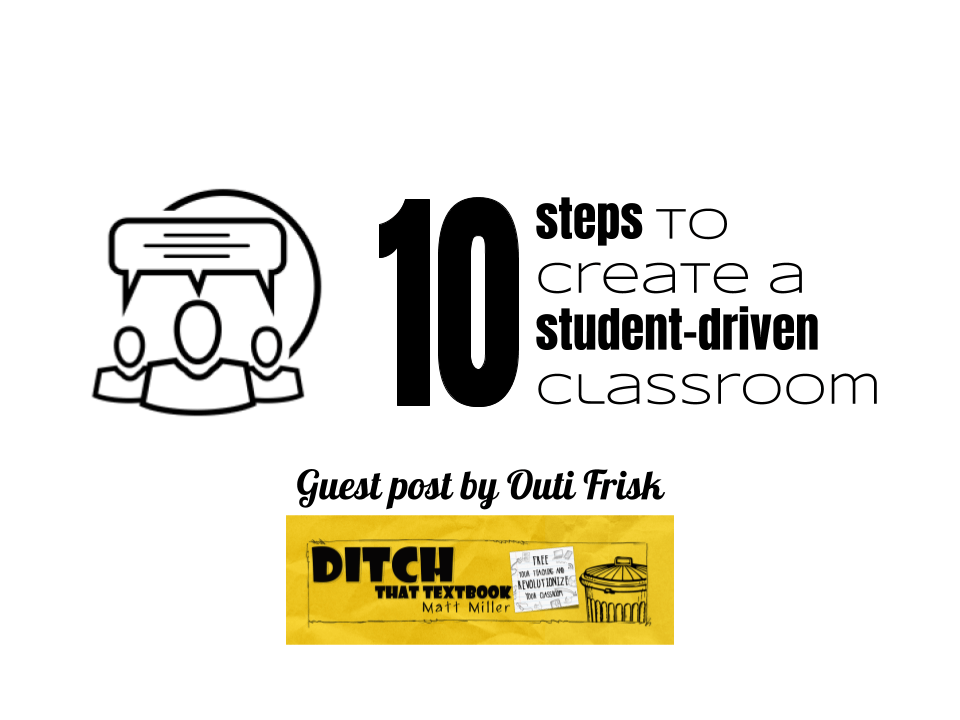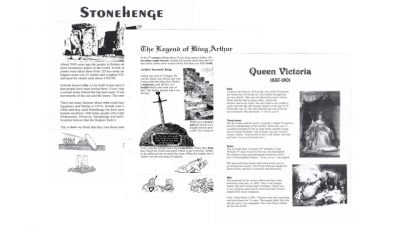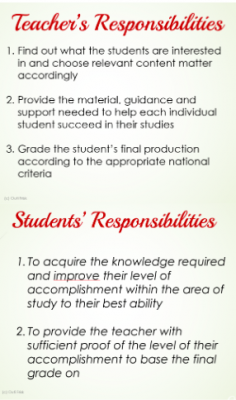

Giving our students voice and choice is essential in a student-driven classroom. Here are 10 steps to making it work in your class.
One day back in 2005, my student Malin walked in looking for me. She just wanted to tell me that she used to hate English before I became her teacher. The reason for the change, she said, was that she got to decide a little more herself and that she could learn more because she was interested.

That’s when I knew I was on the right track.
I started ditching textbooks in the late 90’s, when Mr. Matt Miller was probably still ditching his toys.
I was teaching a 5th grade ESL/EFL class in Sweden and there was a chapter in the textbook about King Henry VIII, who happened to be my favorite in the line of British monarchs. I told the story of his six wives the best I knew how with an amazing result: The class made a unanimous request to learn more stories like that!
I paused for about 5 seconds and said: “If you want, we can throw these textbooks out of the window”, while pretending to toss the book out, and continued: “and study only British history. I could tell you the stories and then you could write about what you have learned.”
 They agreed and we started from Stonehenge; I collected the material into handouts with text and pictures, we discussed the stories in class and they wrote what they had learned as homework. The following lesson started with some students reading their stories before we went on to the next.
They agreed and we started from Stonehenge; I collected the material into handouts with text and pictures, we discussed the stories in class and they wrote what they had learned as homework. The following lesson started with some students reading their stories before we went on to the next.
We continued even after the summer break until we got to Queen Victoria. That’s when they felt tired of history and we chose something else to study, but I never looked back at textbooks after that.
An added bonus was their history teacher who told me later that this class had a generally better understanding of history than his other classes.
In these 20 years, I have gradually developed the method and created a website WebEnglish.se to go with it.
I always say to my students “English is a world language. You can study anything in English.”

If their wish is not in the WebEnglish.se list of topics, I still make it happen. One time, I learned a lot about the FBI, after one student suggested it and the others agreed.

When going through these steps, remember that the students only choose the topics to be studied. The teacher is responsible for the pedagogy and covering the curriculum.
For notifications of new Ditch That Textbook content and helpful links:
Interested in having Matt present at your event or school? Contact him by e-mail!
Matt is scheduled to present at the following upcoming events:
[getnoticed-event-table scope=”upcoming” max=”15″ expanding=”false”]

Session expired
Please log in again. The login page will open in a new tab. After logging in you can close it and return to this page.